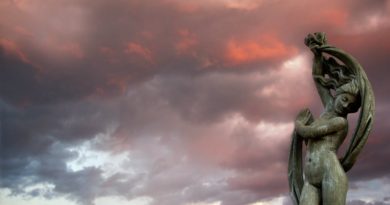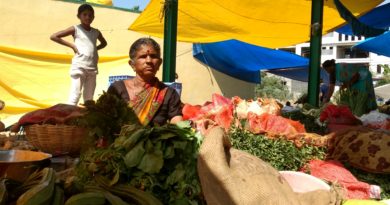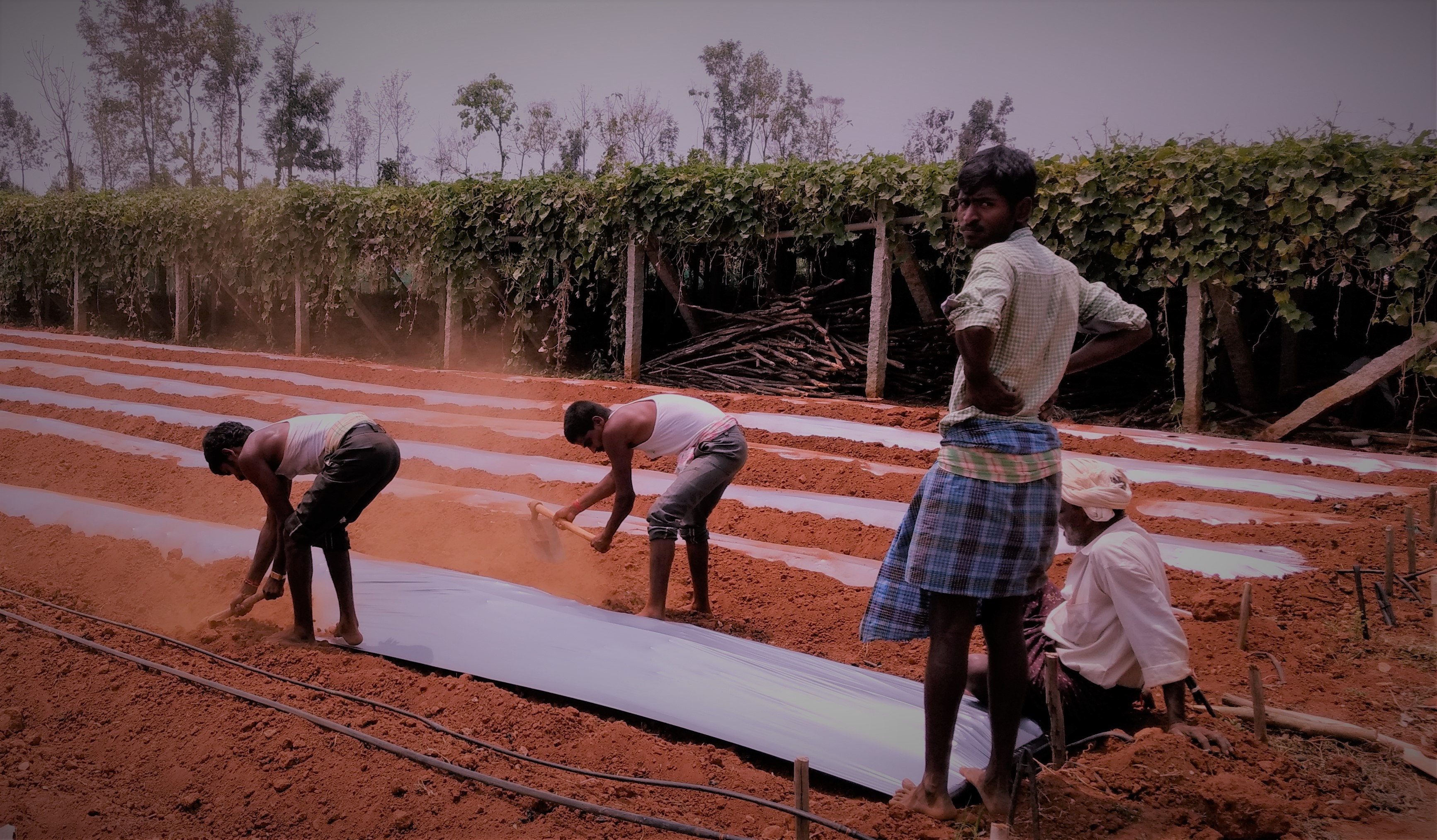[Part 1] Nelore: How a Telugu Cattle Breed Transformed Brazil
India is famous as the land of cattle. There are innumerable breeds of cattle to be found in South Asia. Some communities, such as upper caste Hindus and Jains consider the cow sacred (or taboo) and avoid its flesh at all costs. Others, like the Adivasis, Dalits, Muslims and Christians have no such compunctions. South Asian cattle, unlike their European counterparts, are the result of a separate domestication event. The former are known as ‘Indicine Cattle’ (Bos primigenus indicus) and are descendants of the South Asian subspecies of Auroch (Bos primigenus). The latter are called ‘Taurine Cattle’ (Bos primigenus taurus) and are descended from the Eurasian subspecies. The most widely used name for Indicine Cattle is Zebu.
Zebu breeds were imported from South Asia by a number of countries across the world in order to create new varieties, more suited to hot climates, with greater resistance to disease, the ability to survive on low quality fodder, and flourish without round-the-clock human supervision. In short, cattle that were tough and prolific in the tropics. Several breeds were shipped from the subcontinent to South America, Africa and Australia. But none managed the miracle that was achieved by a breed raised by the Telugu farmers of South India. I am talking about the Nelore or Ongole breed which triggered a revolution of sorts in Brazil.
‘Nelore’ is the name given to the breed by foreigners. It is derived from the name of the district (in the erstwhile Madras Presidency of British India) where the cattle were found – Nellore. I too hail from the city of Nellore (the administrative centre of the District). One of the ‘l’s in the name was lost over time, giving rise to the current spelling. In the country of its origin, they go by the name ‘Ongole’, after the Ongole Taluka (around the city of Ongole, 132 km north of Nellore), from where the best specimens were obtained. Like all Zebu breeds, Ongoles have a hump on their shoulders. This is how a report of the Food and Agriculture Organization of the United Nations (FAO) describes the breed:
Like most livestock breeds around the world, the Ongoles take their name from the region of their main breeding area – the Ongole Taluka. Until 1904, this tract was in the Nellore District; hence the breed was called “Nellore” by foreigners. However, the natives always called them Ongole after the region in which they are predominantly bred.
There is no clear picture of the various stages that went into the making of this breed of cattle. Carvings of the Nandhi bull, which adorn Hindu Sivaite temples in India, bear a true resemblance to the Ongole. From this it can be seen that the characteristics of this breed were fairly fixed even at the beginning of recorded history.
The Ongoles are very fine and majestic-looking cattle, huge in size, extremely docile and suitable for steady, heavy draught. Their performance has been admirable under varying conditions and they are one of the most unique triple-purpose cattle of the tropics, serving well as draught, milk and meat animals. By virtue of their adaptability traits and superior productive capacity under harsh tropical conditions, they have been very much sought after and beneficial in tropical cattle production.
The best Ongoles in India have been bred in those parts where there has been no assured irrigation or commercial crops, leaving cattle raising as the only profitable proposition since, under these conditions, the dependence on crops or cultivation has not been economically viable. Instead, the Ongoles have brought income through the sale of young bull calves and ghee (clarified butter) made from their milk.
It also provides a clue about the importance of the breed to the local economy. Given below is an early British account of the variety:
The earliest published description of the Ongole cattle available is that in Short (1885). According to Dr John Short: “The breed of cattle from [Nellore] has also been long celebrated, not so much as draught cattle as for the milking qualities of the females, for which purpose Nellore cows are greatly esteemed-and fetch large prices.
A good specimen of the Nellore breed is a huge animal standing from 15 to 17 hands in height, with a noble but heavy look […] their power of draught and spirit of endurance are great, they are generally docile and slow in movements, and from their form and horns, are readily recognized. The horns are short and stumpy, barely 3 to 6 inches in length, and never, unless in exceptional instances, exceeding 12 inches – inclined outwards, tapering to a blunt point. Countenance, dull; eyes, large, prominent and heavy looking; face, short with greater breadth of forehead and muzzle, large lop ears; eyes, hoof and tail tuft, black; head, erect and well carried on a short stout neck rising over the withers into a huge hump which frequently inclines to one side; back, short and straight; tail, high and well set; a fair depth and width of chest; carcass, compact and solid looking, with a large dewlap; legs, clean but massive, straight and fairly apart to support the carcass; skin, fine and covered with soft, short hair; prevailing colour, white. From their docility, the nose string is seldom used. They are noble and handsome looking animals, but there is a tendency in the breed to grow tall and leggy with a spare light carcass. Their powers of draught are great, and when well bred they draw much heavier loads than most other breeds, from 1 500 to 2 000 pounds on a fair road. They are chiefly used for draught in carts and with the plough, their-weight and size being against their use as pack bullocks generally.
The cows, as has been said, are excellent milkers, some of them have been known to yield 18 quarts of good rich milk in 24 hours (a quart being equivalent to 24 ounces), and they rear a calf at the same time. The influence of this breed extends north as far as the Krishna District. The price of a first class cow is about 200 rupees, as much as 300 rupees have been paid for a prize cow. Bulls have been imported into other districts at 300 and 350 rupees each.”
No wonder then that Ongole livestock would soon make their way to other parts of the world. Their toughness, fecundity and productivity were unmatched, and Brazilian breeders were quick to exploit it. Specimens were shipped across the Indian and Atlantic Oceans to Brazil. The first known record of such a shipment dates back to 1868. Soon herds would be established in the states of Bahia, Rio de Janeiro and Minas Gerais in the southest. From Brazil, the breed spread to the USA, Mexico, Central America, Venezuela, Paraguay and Argentina. Today, it is estimated that there are as many as 100 million Nelore Cattle in Brazil alone.

Image Attribution: The image above, sourced from Wikimedia Commons, shows the illustration of a Zebu (as part of a coloured lithograph) by Friedrich Wilhelm Kuhnert (1865 – 1926), a German painter who specialized in animal images.
Reference:
(This article was originally published in Keshav Vivek’s blog “Man Without a Past” on November 18, 2017.)
Also Read: [Part 2] Nelore: How a Telugu Cattle Breed transformed Brazil



